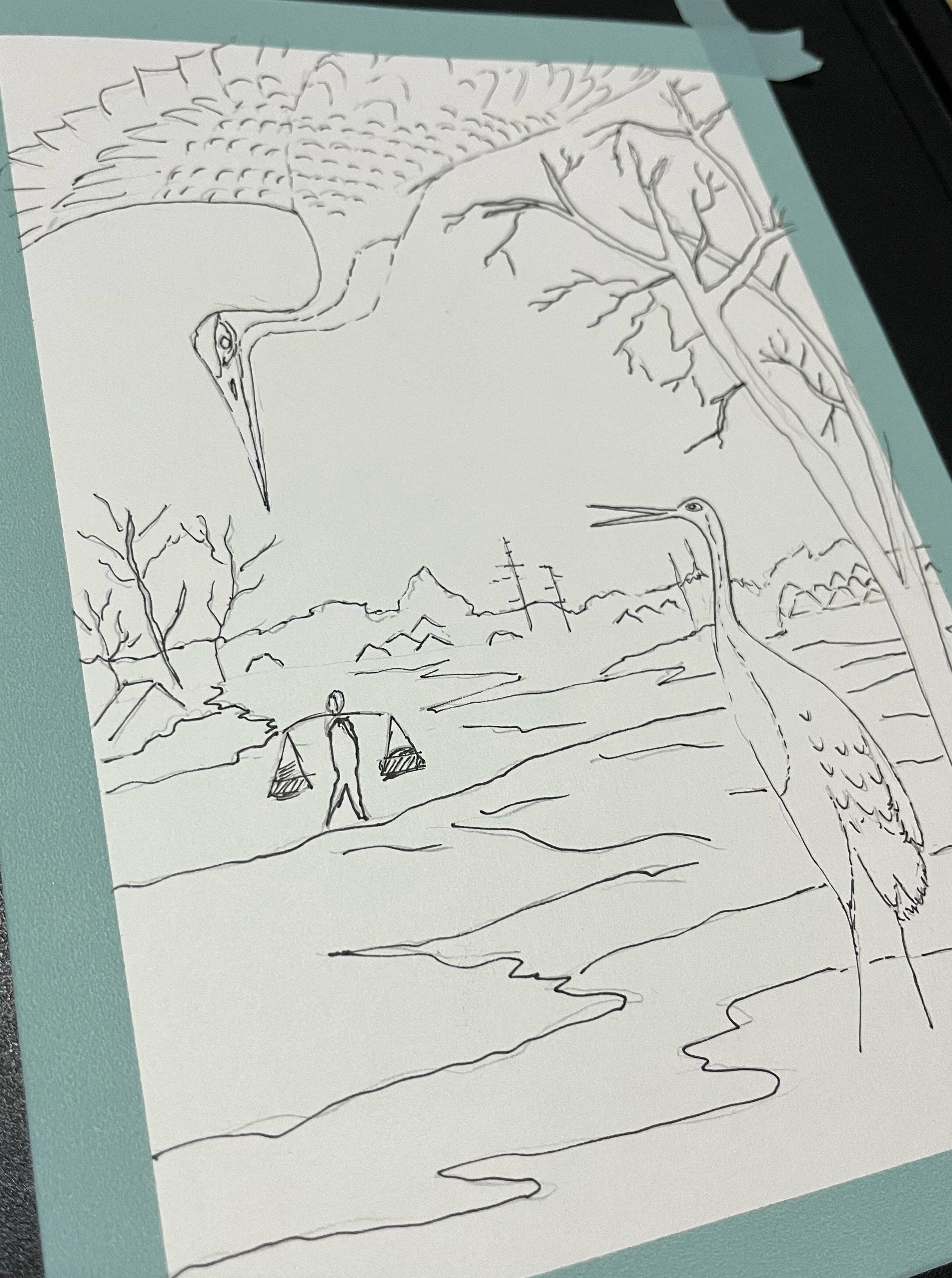Boy am I wiped out this week. Delivered a chunky strategy, facilitated a session on augmenting with vs outsourcing to AI, laid the foundations for what could be a major project for the upcoming year, but most importantly, utterly failed to get started on packing up - we move apartments on Monday?!
So today you just get a sketch for the weekly art-as-a-habit-and-not-just-a-hobby.

Here are your finds for the week:
- CONSUMPTION DESIGN As we are edging towards an unlivable planet one fast fashion haul at a time, it is overdue to recon with the impact of Consumption Design. The calls for de-growth keep getting louder. “We live in a world designed to keep us in the consumption hamster wheel. As designers, we shape and build this world with the decisions we make. That is why it’s crucial that we recognise our impact and change course as soon as possible.”
- PREDICTIVE POLICING Argentina will use AI to ‘predict future crimes’ but experts worry for citizens’ rights. The internet is rife with Minority Report jokes. I’ve rarely seen these stories have a happy ending. The context is uncertain. The data is sparse. And the impact of false positive can be colossal.
- SCREENTIME Does screen time help or hinder creativity? It turns out ‘unfocus’ is a prerequisite for creativity... but in a world where distracted device-browsing has become default, how do we distinguish between helpful and unhelpful mind-idling?
- IS THIS IT? Ed Zitron is a journalist and generally informed tech person that I’ve followed since the early days of Twitter. Adam Conover is a great comedian, but has recently taken on the role of having a critical eye on insidious capitalism. They sat down for a chat and I think the whole thing is worth your time. ”If AI is really so costly, unreliable, and limited, what happens to the industry that has bet so big on it?”
- MODERN SAKOKU? Today, Japanese youth seems to be entering a new era of self-imposed isolation, not through politics but through cultural inertia and economic constraints. This inward turn is eerily reminiscent of Japan’s historical Sakoku period under the Tokugawa shogunate, when the country closed its borders to the outside world for over two centuries.
